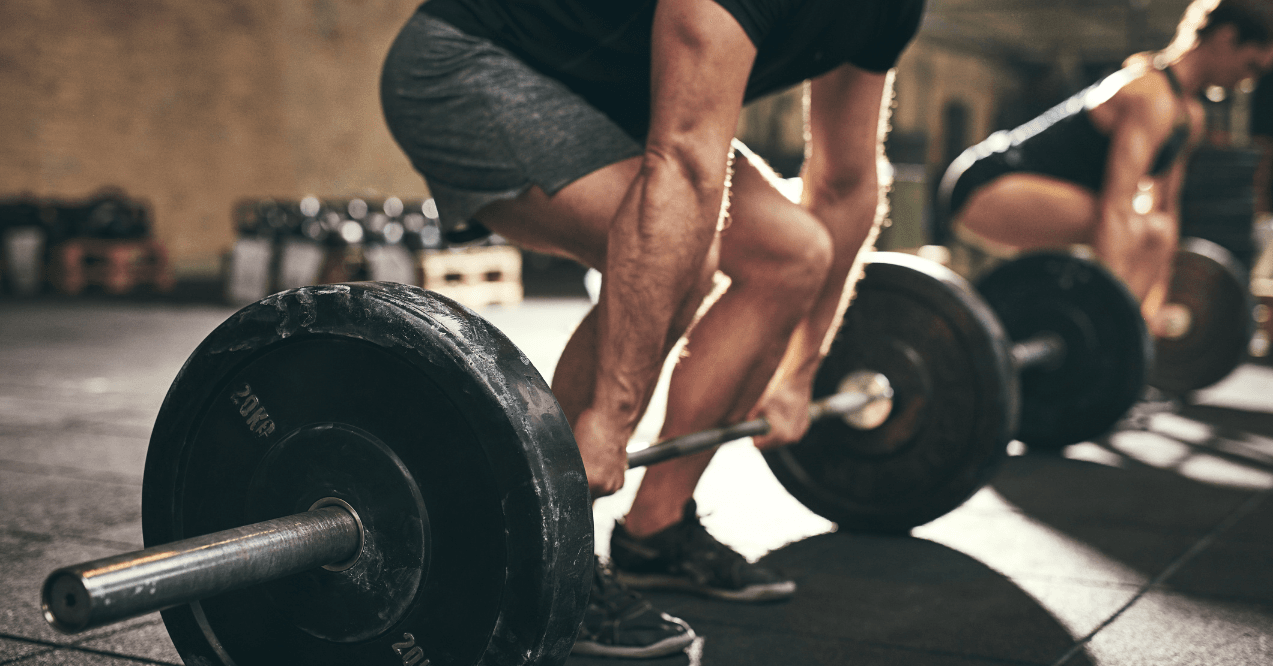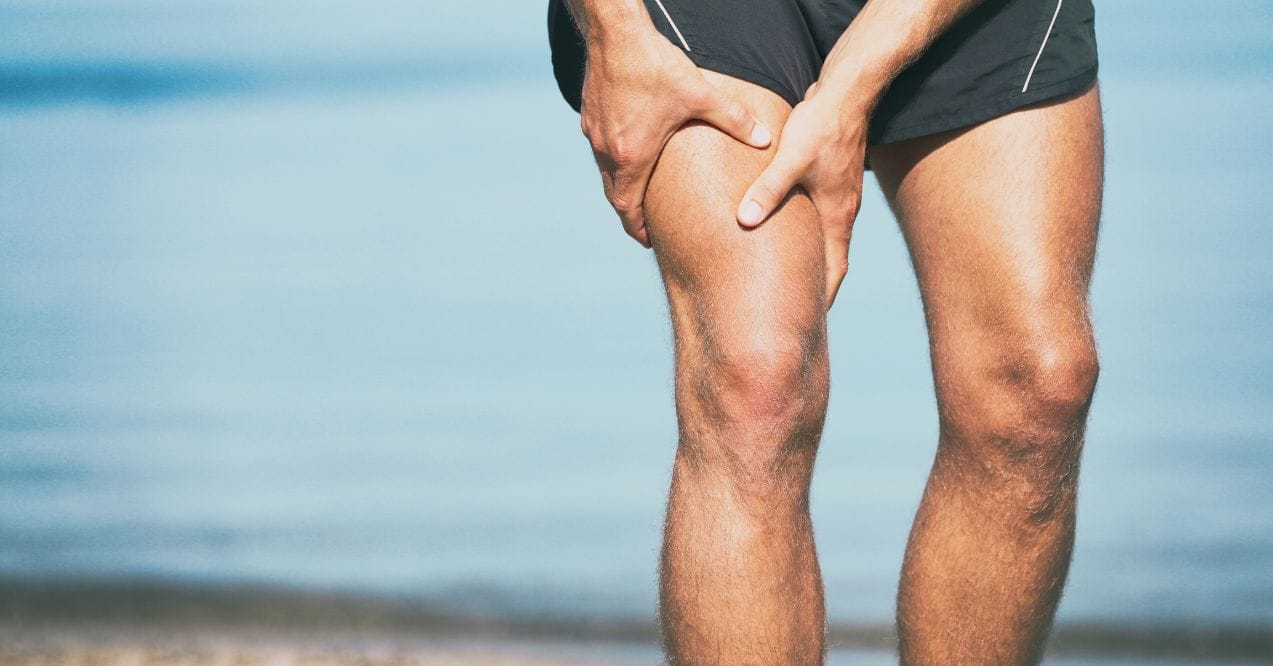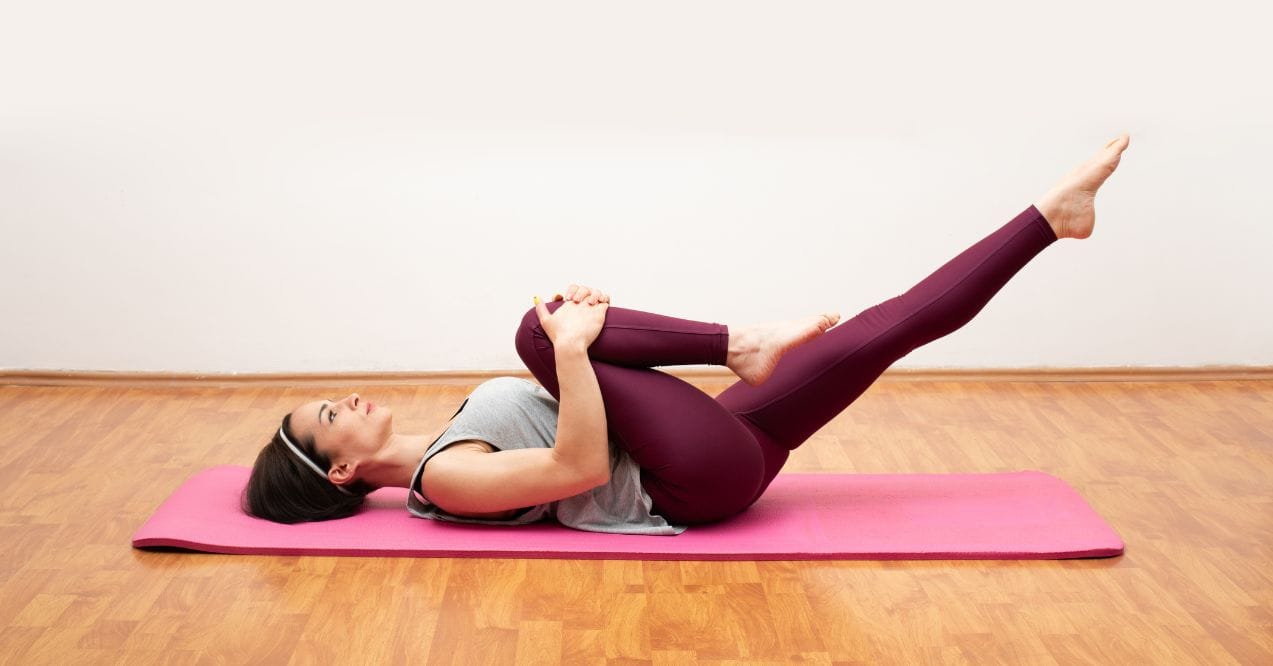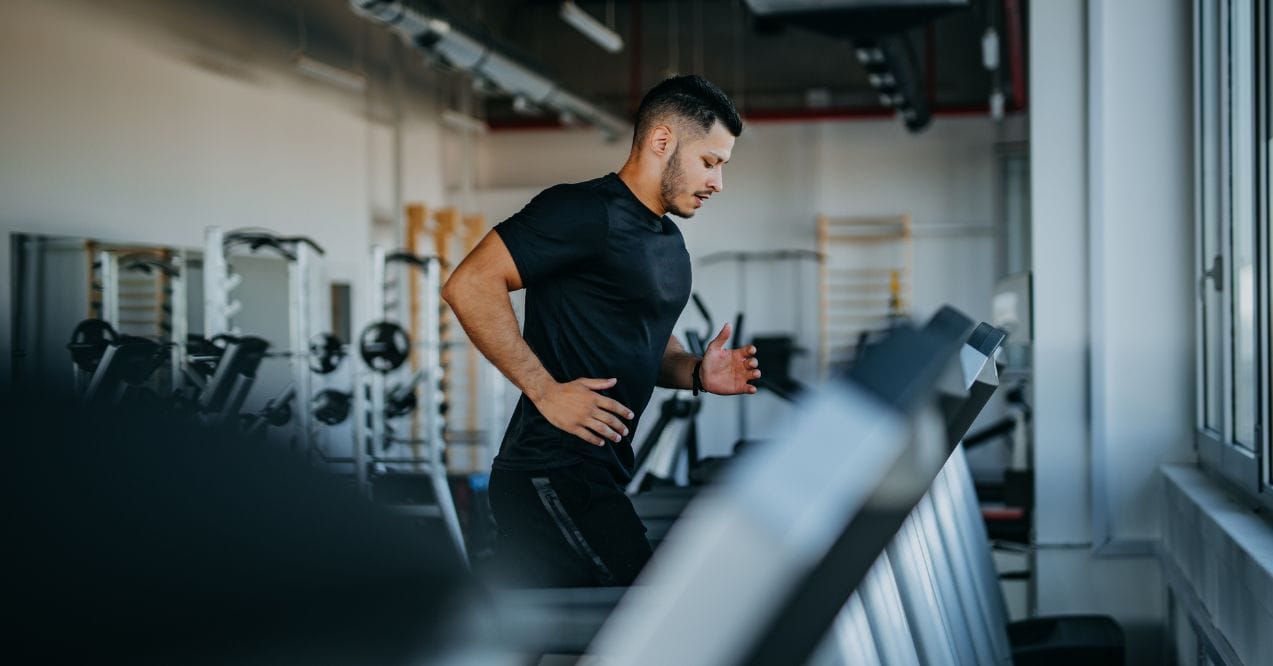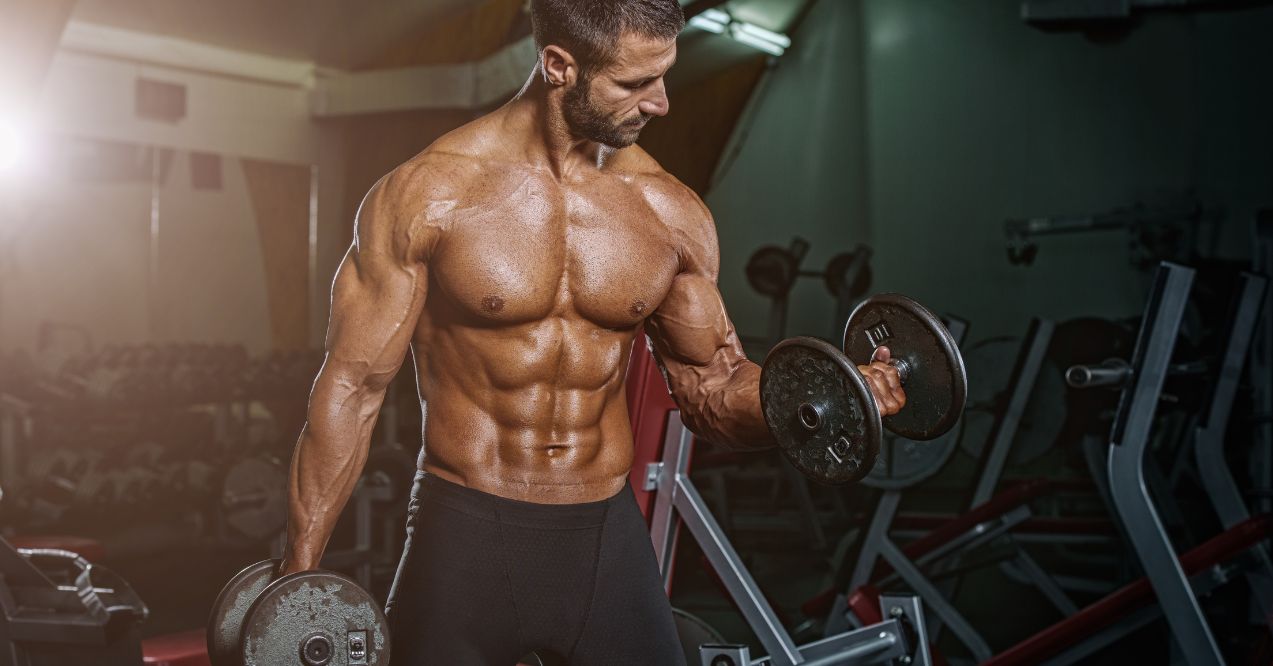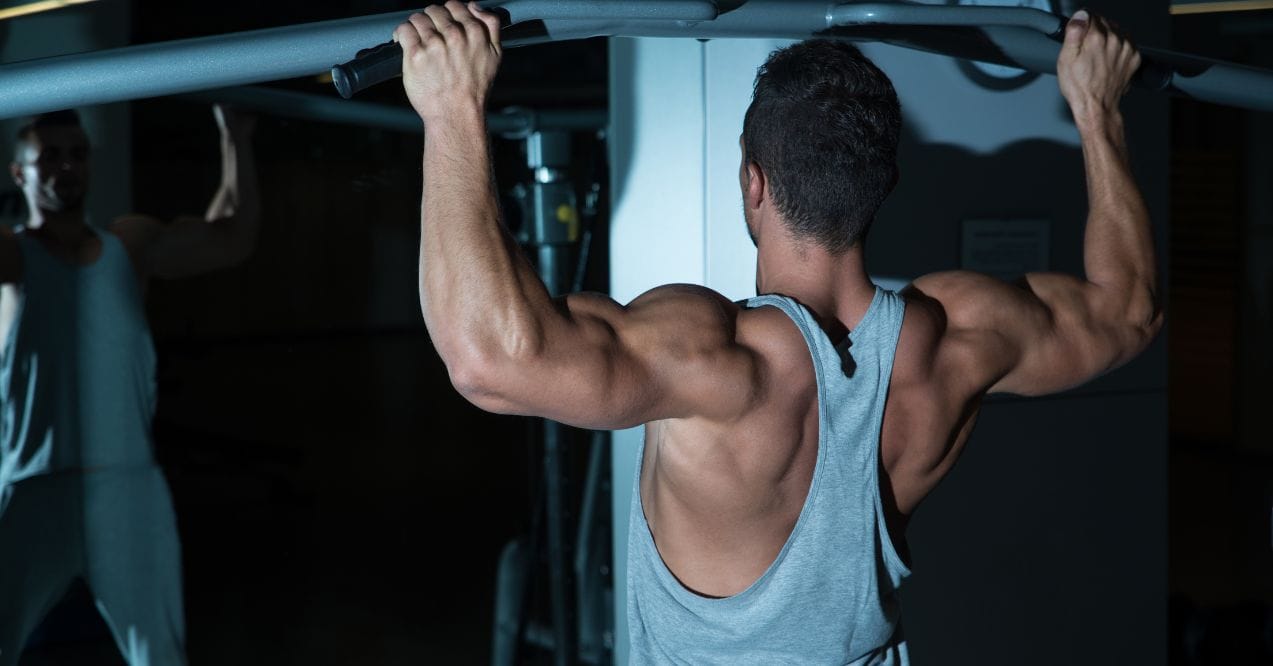Top Short Head Bicep Exercises to Maximize Arm Growth
Want impressive arms that fill out your sleeves? The secret lies in properly training both parts of your biceps. Many lifters focus solely on standard curls, missing the opportunity to develop their entire arm potential. By incorporating short head bicep workouts into your routine, you’ll achieve more balanced, fuller-looking arms.
Training with progressive overload and proper form ensures continuous growth, while following the best workout split for muscle gain maximizes your results. Ready to transform those biceps? Let’s dive into the exercises that will take your arm development to the next level.
Key Article Findings
- Target the short head of your biceps with specific exercises for fuller, wider arms
- Combine proper technique, progressive overload, and recovery for optimal growth
- Support muscle development with adequate protein and strategic supplementation
Biceps Anatomy & Function
Your biceps brachii – commonly called the biceps – is the muscle that creates that coveted arm peak when flexed. This muscle has two distinct parts or “heads” that work together:
- The long head – This outer portion creates the peak of your bicep and runs along the outside of your arm.
- The short head – This inner portion gives your arm thickness and fullness when viewed from the front.
These two heads attach at different points on your shoulder but connect to the same spot on your forearm. When they contract together, they flex your elbow and rotate your palm upward.
Your biceps don’t work alone, though. Supporting muscles include:
- The brachialis – Located underneath your biceps, this muscle creates thickness and pushes your biceps upward when developed.
- The brachioradialis – Running along your forearm, this muscle assists in elbow flexion.
Understanding this anatomy helps explain why varied bicep exercises target different parts of your arm. When you curl a weight, your biceps contract to bend your elbow (flexion). They also help rotate your palm upward (supination).
Long Head vs. Short Head of the Biceps
Understanding the difference between the long head and short head of bicep is essential for developing impressive arms. These two portions contribute differently to your overall bicep appearance:
The long head forms the outer portion of your bicep and creates that coveted peak when flexed. It originates from above your shoulder joint and runs along the outside of your upper arm. When well-developed, the long head gives your bicep that mountain-like appearance from the side.
The short head forms the inner portion of your bicep and contributes to the width and thickness of your arms when viewed from the front. It attaches to the coracoid process of your shoulder blade. A well-developed short head makes your arms look fuller and more imposing from a frontal view.
Your grip position dramatically influences which head receives more tension:
- Wide grip movements tend to emphasize the short head
- Narrow grip exercises typically target the long head
- Hand position (supinated, pronated, or neutral) also affects muscle recruitment
If you’re wondering how to work short head of bicep effectively, focus on exercises where your arms are in front of your body with a wider grip. Preacher curls, concentration curls, and spider curls are excellent choices as they place the short head under maximum tension.
Many lifters inadvertently neglect the short head while focusing solely on developing the peak. For balanced development, include dedicated work for both heads in your routine.
Interestingly, your bicep training can complement your chest and tricep workout days, creating a push-pull balance in your training schedule. This approach ensures complete upper body development while allowing proper recovery between sessions.
Short Head Bicep Exercises
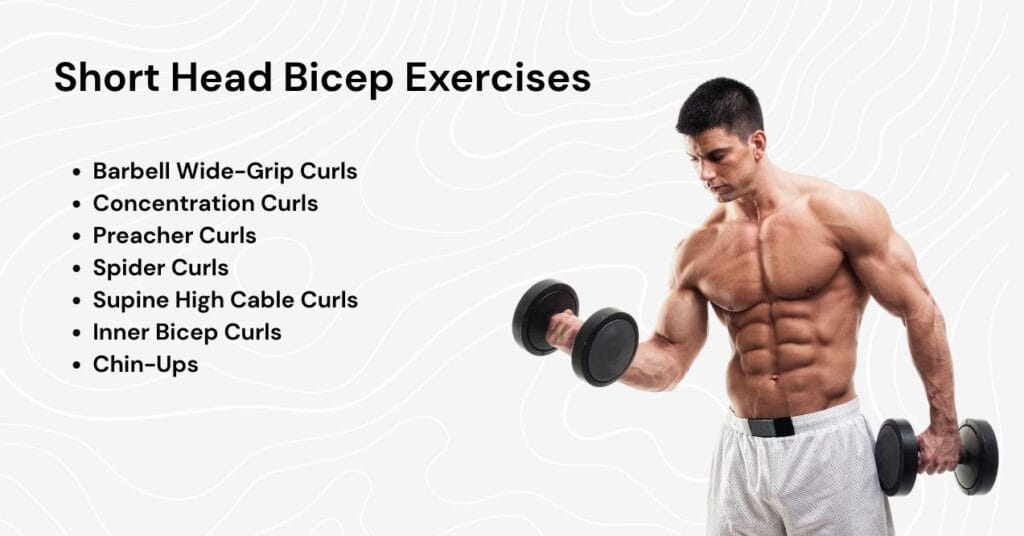
Ready to target that inner bicep for fuller, wider arms? These short head bicep workouts specifically target the inner portion of your biceps, creating that impressive arm width when viewed from the front. Each exercise places unique tension on the short head through specific positioning and movement patterns.
1. Barbell Wide-Grip Curls
A wider grip on the barbell shifts focus directly to the short head of your biceps, creating that sought-after arm width.
To perform them properly:
- Stand with feet shoulder-width apart, holding a barbell with hands placed wider than shoulder width
- Keep your elbows tucked close to your sides throughout the movement
- Curl the weight up while maintaining the wide grip position
- Squeeze your biceps at the top of the movement
- Lower the weight in a controlled manner
The wide hand placement reduces the long head’s involvement while maximizing tension on the short head. For best results, focus on a controlled tempo rather than heavy weight that might compromise your form. Aim for 3-4 sets of 10-12 reps with a weight that challenges you but allows proper execution.
2. Concentration Curls
Concentration curls are perhaps the most effective exercise for isolating the short head while establishing a powerful mind-muscle connection.
Here’s how to perform them:
- Sit on a bench with legs spread apart
- Hold a dumbbell in one hand, with your elbow pressed against the inside of your thigh
- Curl the weight toward your shoulder while keeping your upper arm stationary
- Squeeze hard at the top of the movement
- Lower with control to a full stretch
The seated position with your arm braced against your leg eliminates momentum and focuses tension directly on the short head. Many lifters make the mistake of rushing through these, but slower reps with a deliberate squeeze at the top yields better results. The isolation factor makes this exercise ideal for finishing a bicep workout when your muscles are already fatigued.
3. Preacher Curls
Preacher curls are exceptional for short head development because they place your arms in a position that maximizes its engagement while preventing cheating.
Proper execution involves:
- Sit at a preacher bench with your armpits resting on the top of the pad
- Grasp an EZ curl bar with a shoulder-width grip
- Fully extend your arms down the slope of the bench
- Curl the weight up while keeping your upper arms stationary
- Lower the weight with control, feeling a stretch in your biceps
The angled positioning of your arms forces the short head to work harder throughout the movement. The preacher bench also prevents the body momentum that often reduces bicep activation in standing curls. Cable bicep curls can be performed in a similar fashion using a cable machine and preacher bench for constant tension throughout the movement.
4. Spider Curls
Spider curls place your biceps in a unique position that creates intense activation of the short head while minimizing assistance from other muscles.
To perform them correctly:
- Set an incline bench to approximately 45 degrees
- Lie face down on the bench with your arms hanging straight down
- Hold dumbbells with a supinated (palms-up) grip
- Curl the weights toward your shoulders while keeping upper arms stationary
- Squeeze at the top and lower with control
The forward-leaning position creates a different angle of pull compared to traditional curls, placing more emphasis on the short head. This exercise is particularly effective because it keeps constant tension on the biceps throughout the entire range of motion, even at the bottom position where tension is usually reduced in other curl variations.
5. Supine High Cable Curls
This unique cable exercise creates maximum tension on the short head at the point of peak contraction.
Here’s how to do them:
- Lie on your back on a flat bench positioned perpendicular to a cable machine
- Reach back and grasp the cable handles with palms facing up
- Start with your arms extended toward the machine
- Curl the handles toward your shoulders while keeping elbows fixed
- Squeeze hard at the top of the movement before returning to the start
The beauty of this exercise is the consistent tension provided by the cables, particularly at the top of the movement where the short head is maximally contracted. The supine position also prevents cheating through momentum, ensuring your biceps do all the work. For variety, you can alternate between performing these with both arms simultaneously or one arm at a time.
6. Inner Bicep Curls
Inner bicep curls specifically target the short head through a modified dumbbell curl that emphasizes the inner portion of your arms.
To execute them properly:
- Stand holding dumbbells with palms facing forward
- Keep your elbows slightly in front of your torso rather than at your sides
- As you curl up, bring the dumbbells slightly inward toward the midline of your body
- Focus on squeezing the inner portion of your biceps
- Lower with control to the starting position
The slight inward movement during the curl shifts emphasis to the short head. Many lifters make the mistake of performing standard curls without these subtle positioning adjustments that can dramatically change which portion of the muscle receives the most tension. For maximum effectiveness, these can be superset with the dumbbell hammer curl to create complete bicep development.
7. Chin-Ups
While chin-ups are a compound movement, they’re surprisingly effective at developing the short head of the bicep when performed correctly.
Here’s the proper technique:
- Grasp a pull-up bar with hands shoulder-width apart, palms facing you
- Hang with arms fully extended
- Pull yourself up until your chin clears the bar
- Focus on initiating the pull with your biceps rather than your back
- Lower yourself with control
The underhand grip in chin-ups naturally engages the short head of the biceps more than a wider or overhand grip would. As a bonus, this exercise allows you to handle your full body weight, providing substantial overload to the biceps. For those who find regular chin-ups too challenging, assisted versions can be performed until sufficient strength is developed.
How to Get Bigger Biceps Faster
Building impressive biceps isn’t just about exercise selection – it’s about applying the right training principles consistently. Here are proven strategies to accelerate your bicep growth:
- Progressive overload – Gradually increase the weight, reps, or sets over time to continuously challenge your muscles. Your biceps adapt to resistance, so without progression, growth stagnates.
- Vary your grip positions – Switch between wide, narrow, supinated, neutral, and pronated grips to target different parts of your biceps and prevent adaptation plateaus.
- Target different rep ranges – Use 6-8 reps for strength and power, 8-12 reps for maximum muscle growth, and 12-15 reps for muscle endurance and pumps.
- Prioritize rest and recovery – Allow 48-72 hours between bicep training sessions. Many beginners find a 5 day hybrid training program for beginners effective, where biceps might be trained twice weekly with different exercise selections and intensities.
- Develop mind-muscle connection – Focus on feeling the contraction in the targeted head rather than just moving weight.
- Optimize nutrition – Consume adequate protein (0.8-1g per pound of bodyweight) and maintain a slight caloric surplus for optimal growth.
- Increase time under tension – Slow down your reps, especially during the lowering phase, to increase the work performed by your biceps during each set.
- Limit excessive cardio – Avoid high-intensity cardio immediately before weight training, as it can deplete the energy needed for intense bicep workouts.
Your nutrition strategy plays a crucial role in supporting bicep growth. Bone Broth Protein powder offers 20 grams of clean protein per serving that can help maintain the positive nitrogen balance needed for muscle repair. Its chocolate flavor makes post-workout nutrition enjoyable, while the collagen and amino acid profile supports joint comfort during those intense curl sessions.
Pairing it with Trumeta Creatine may create a powerful combination – the 5 grams of pure Creapure® creatine helps boost the energy available to your muscles during those crucial final reps, potentially enhancing your bicep workouts’ overall effectiveness and supporting your muscle-building goals.
Alternative Bicep Workouts
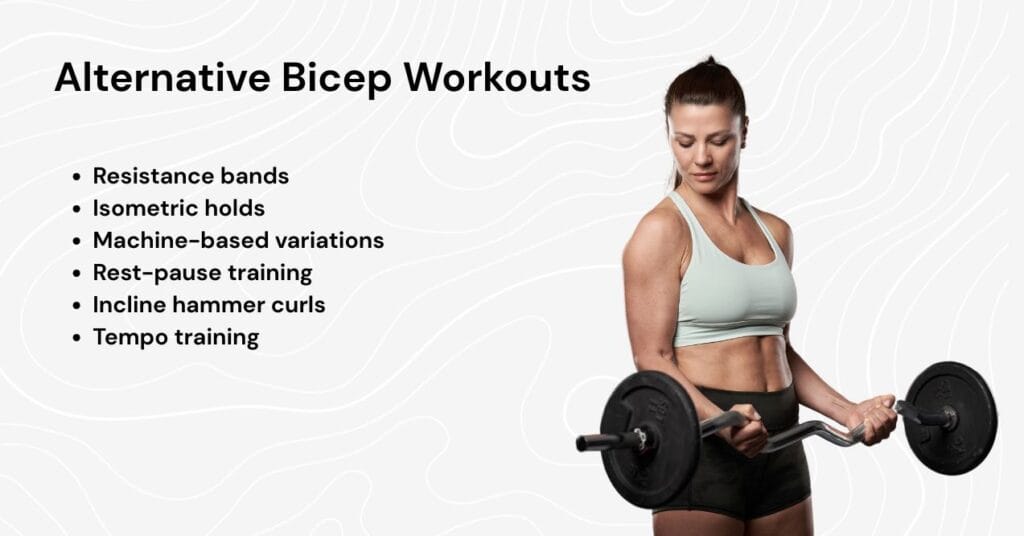
Getting stuck in a bicep training rut can halt your progress. Introducing variety through alternative training methods not only renews your motivation but also stimulates new muscle growth. Here are effective ways to shake up your bicep exercises:
Resistance bands offer unique benefits that free weights can’t match. The increasing tension throughout the movement creates a different stimulus for your biceps.
- Try band curls with the band anchored under your feet
- Attach bands to a barbell for accommodating resistance that gets harder at the top
- Use bands for high-rep finishers at the end of your workout
Isometric holds build tremendous strength and mind-muscle connection. Pause for 3-5 seconds at the midpoint or peak contraction of any curl variation. This technique can be applied to virtually any bicep exercise to increase time under tension without adding weight.
Drop sets push your biceps past normal failure points:
- Start with a challenging weight for 8-10 reps
- Immediately reduce the weight by 20-30% and continue until failure
- Option to drop weight a second or third time for advanced trainees
Machine-based variations like the cable curl station or preacher curl machine provide consistent tension throughout the entire range of motion. This constant resistance differs from free weights, which have varying tension points due to gravity.
Rest-pause training maximizes intensity without excessive weight:
- Perform a set to near failure
- Rest 15-20 seconds
- Continue with the same weight for additional reps
- Repeat this process 2-3 times to extend a single set
Incline hammer curls deserve special mention as they target the often-neglected brachialis muscle while still engaging the biceps. The incline position creates a unique angle that places the biceps under tension in a stretched position, stimulating growth through different mechanical tension patterns.
Tempo training modifies the speed of each repetition phase. Try a 3-1-3 tempo (3 seconds lowering, 1-second pause, 3 seconds lifting) to increase time under tension and enhance the growth stimulus without adding weight.
Conclusion
Building bigger, more balanced biceps doesn’t happen by accident. By understanding bicep anatomy and targeting the short head specifically, you can achieve the arm width that makes your physique stand out. Incorporate these short head bicep workouts into your regular training routine, focusing on proper form and progressive overload for best results.
Remember to balance your training with adequate recovery, nutrition, and variety in grip positions and rep ranges. Whether you’re a beginner or an experienced lifter, giving attention to both heads of your biceps will reward you with fuller, more impressive arms that command attention in any setting.
Cable machines are excellent for ab workouts because they provide constant tension throughout each movement. Unlike bodyweight exercises, cables allow you to easily adjust resistance and create unique angles that target different parts of your core effectively.
Train your abs with cable exercises 2-3 times weekly, allowing 48 hours between sessions for recovery. Your abs are like any muscle group – they need both stimulus and rest to develop. Balance intense cable work with adequate recovery time.
Cable ab exercises can strengthen and build your core muscles, but visible abs require reducing body fat through proper nutrition and overall fitness. Combine targeted cable work with calorie management for the best results in revealing a six-pack.
Advertisement. This site offers health, wellness, fitness and nutritional information and is designed for educational purposes only. You should not rely on this information as a substitute for, nor does it replace, professional medical advice, diagnosis, or treatment. If you have any concerns or questions about your health, you should always consult with a physician or other health-care professional. Do not disregard, avoid or delay obtaining medical or health related advice from your health-care professional because of something you may have read on this site. The use of any information provided on this site is solely at your own risk.
